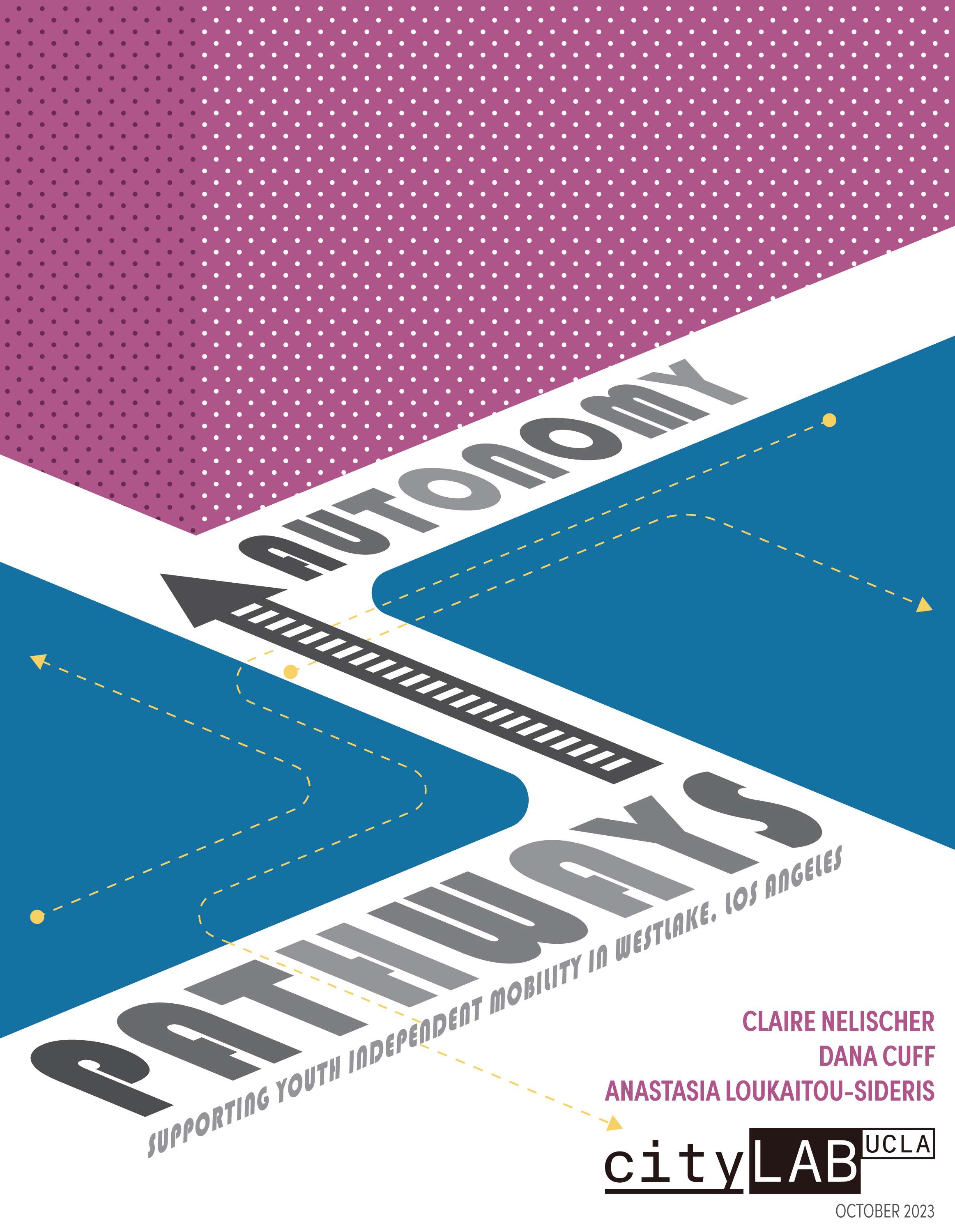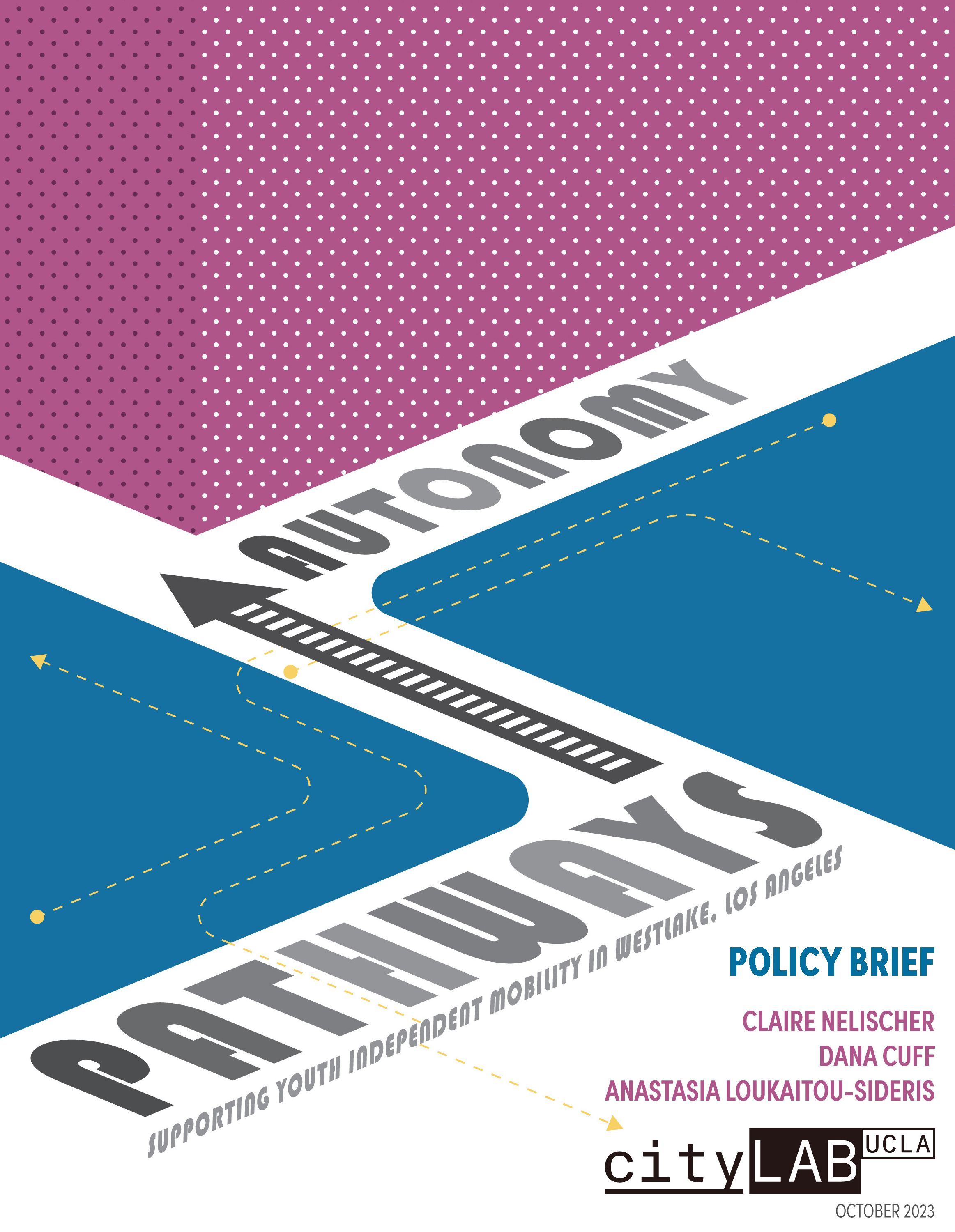Project ID:
LA2202Year Completed:
2023Funding Source:
Statewide Transportation Research ProgramProject Description
As young people encounter the urban streetscape free of parental supervision, their walking patterns provide context for planners to understand safety considerations. Inner-city youth often walk to school and are likely to be impacted by unsafe streets with higher proportions of pedestrian-automobile crashes. Despite Vision Zero and Safe Routes to School programs, they remain disproportionately represented among traffic fatalities, which are the highest in a decade. Understandings of safety, mobility, and independence stretch beyond the pedestrian-traffic relationship. As one study of fifth graders in Los Angeles inner-city found, “dangers in their social milieu are a much greater concern for them than the physical milieu, which the walkability research typically emphasizes.” Social danger influences youth’s choice to frequent traffic-heavy streets like those included in Vision Zero’s high-injury network, as these arterials are perceived safer for walking than the more quiet but desolate residential streets. Youth’s urban paths are informed by “hot spots” (where crime and crash data indicate danger) as well as “safe spots” (where data indicate safety from crime and vehicular injury) which, when combined with youth perceptions, impact routes to and from school. Therefore, enhancing safety among inner-city youth requires attention to both physical and social relationships.

Dana Cuff (PI)
dcuff@aud.ucla.edu, citylab@aud.ucla.edu
Research Team
Program Area(s):



